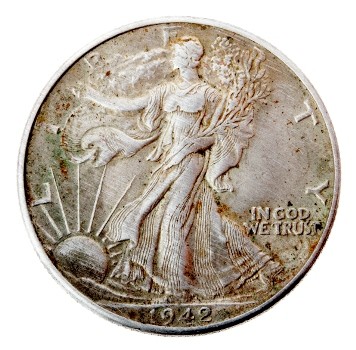Investing Beyond Stocks Bonds and Mutual Funds
Post on: 25 Апрель, 2015 No Comment

Related Stories
When most people hear the word “investments,” they think of things like stocks, bonds, mutual funds and CDs. But there is another world of investment options beyond these traditional asset types that can provide opportunities for additional portfolio diversification.
These options fall under the general umbrella term of alternative investments. Traditionally, alternative investments were owned mostly by affluent individuals and couples, institutions and private endowments. But as many ordinary investors look for new ways to reduce their risk by diversifying their portfolios further, some are taking a close look at the potential benefits that alternative investments have to offer.
What makes alternatives different from traditional investments? Some (but not all) require larger initial investments than traditional asset types, and most alternative investments tend to be less liquid than traditional asset types. With some alternatives, like hedge funds, you must be an accredited investor to purchase them.
Accredited investors are investors who are considered to be financially sophisticated enough that they don’t need the protection of certain government filings. They typically include high-net-worth individuals and couples, trusts, endowments and institutions like banks and insurance companies.
Common Alternative Investments
Beyond these factors, there’s often nothing about alternative investments that precludes ordinary investors from purchasing them. Here are six popular alternative investments that you might want to consider:
- Real Estate Investment Trusts (REITs) — These make it practical for individuals to invest in large-scale, income-producing commercial real estate and mortgages. REIT shares are traded on major U.S. stock exchanges in the same way that the shares of public companies are, which makes them liquid. You can also invest in REITs via a REIT mutual fund.
There are two main types of REITs. The most common is equity REITs, which own and usually manage commercial properties like office buildings and hotels. Mortgage REITs purchase mortgages or mortgage-based securities, or loan money to real estate buyers to purchase mortgages. REITs may also provide unique tax benefits for investors.
The best way to reduce volatility when investing in commodities is to invest in a commodity exchange traded fund (ETF). This is similar to a stock mutual fund, except that it buys commodities instead of companies. Buying shares in a commodity ETF helps diversify your investment among several different types of commodities.
Meanwhile, microloans are small loans (as little as $25) made to small businesses and entrepreneurs in developing countries. Microlending websites like Kiva match investors with borrowers all over the world. Many people participate in microlending as much for philanthropic as investing purposes, as they are able to invest in specific causes or countries they want to support.
As noted above, you must be an accredited investor to invest in a hedge fund. Relatively large minimums are also usually required, and hedge fund fees can be high. For these reasons and the relatively high risk involved, hedge fund investing is usually best suited for affluent and institutional investors.
Fine art was a pretty good long-term investment over the second half of the 20th century, with its value increasing at an average annual rate of 10.5 percent. But it can be a volatile investment, with the art market booming during the late 1980s and mid 2000s but slumping in the aftermath of the financial crisis.
There are two types of coin investing. The first is collectible (or numismatic) coins, which derive their value from their scarcity, condition, year of issue and particular mint mark. Among the more popular collectible coins are Walking Liberty half dollars, Morgan dollars and Buffalo nickels. Certain “1918-D 8 over 7” Buffalo Nickels that were coined with overdates are worth as much as $285,000.
The second is bullion coins, which are minted (usually in gold) by governments. Popular bullion coins include the Australian Nugget, the South African Krugerrand and the American Gold Eagle. They are usually bought and sold through gold dealers, and their price closely tracks the price of gold.
It is important to note that for most investors, alternative investments should complement, not replace, traditional asset types like stocks, bonds, mutual funds and CDs. The percentage of your portfolio that is made up of alternative investments depends on your overall investment goals, your investment time horizon and your risk tolerance, among other factors. If you have never considered the potential benefits of alternative investments as a way to add more diversification to your portfolio, it might be worth doing additional research to learn more about them. We recommend that you “Consider the Alternatives.”














